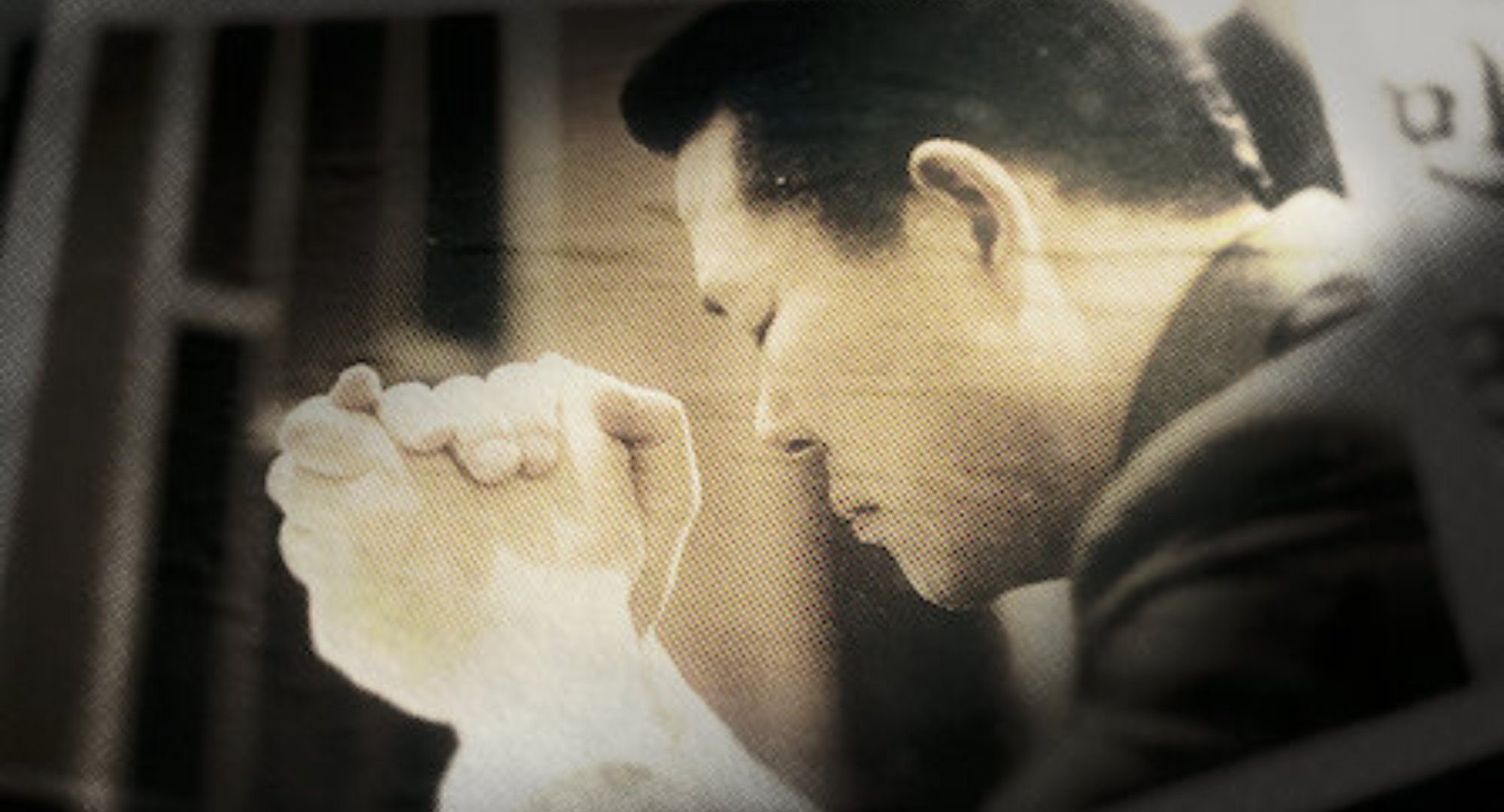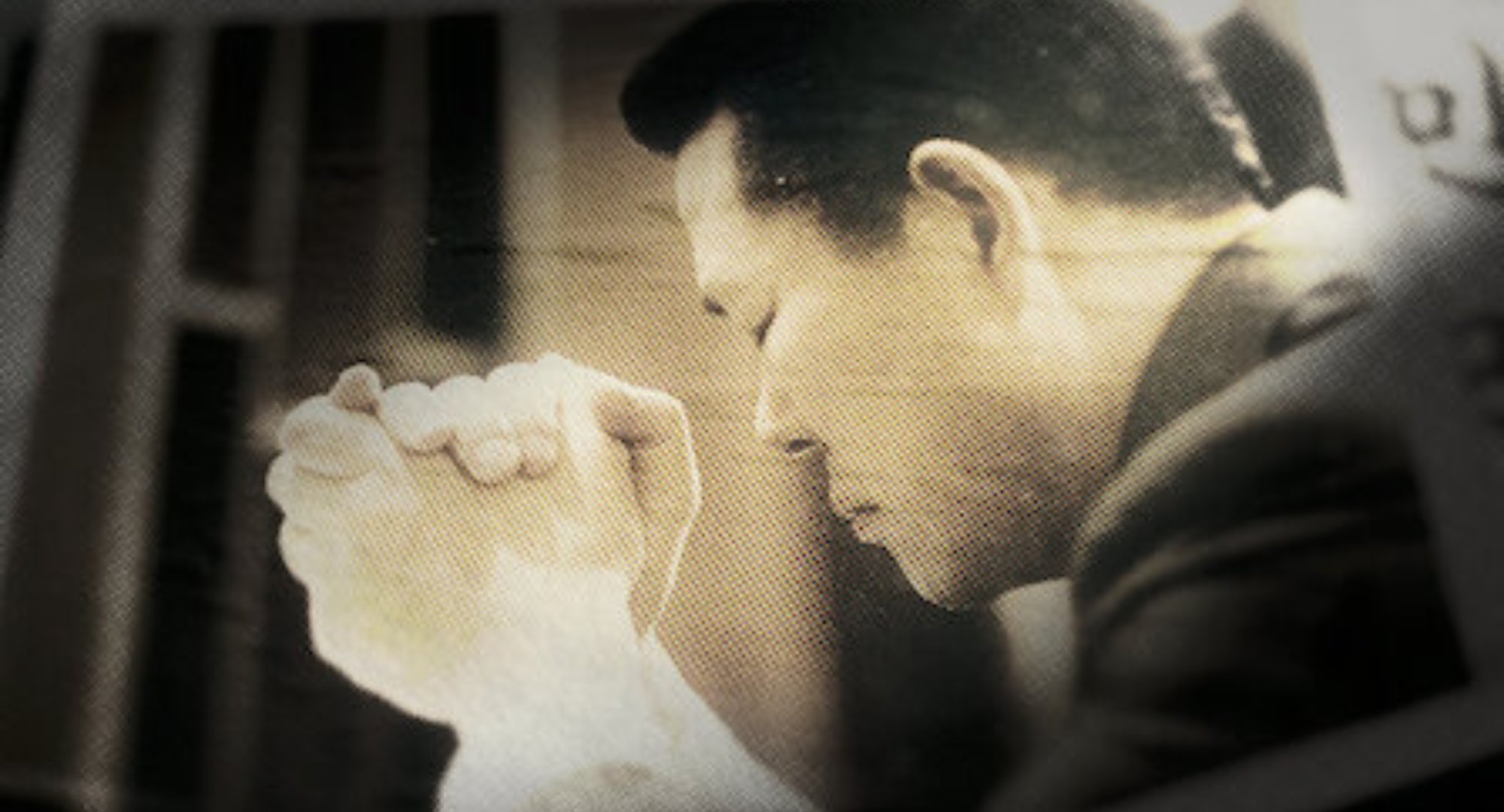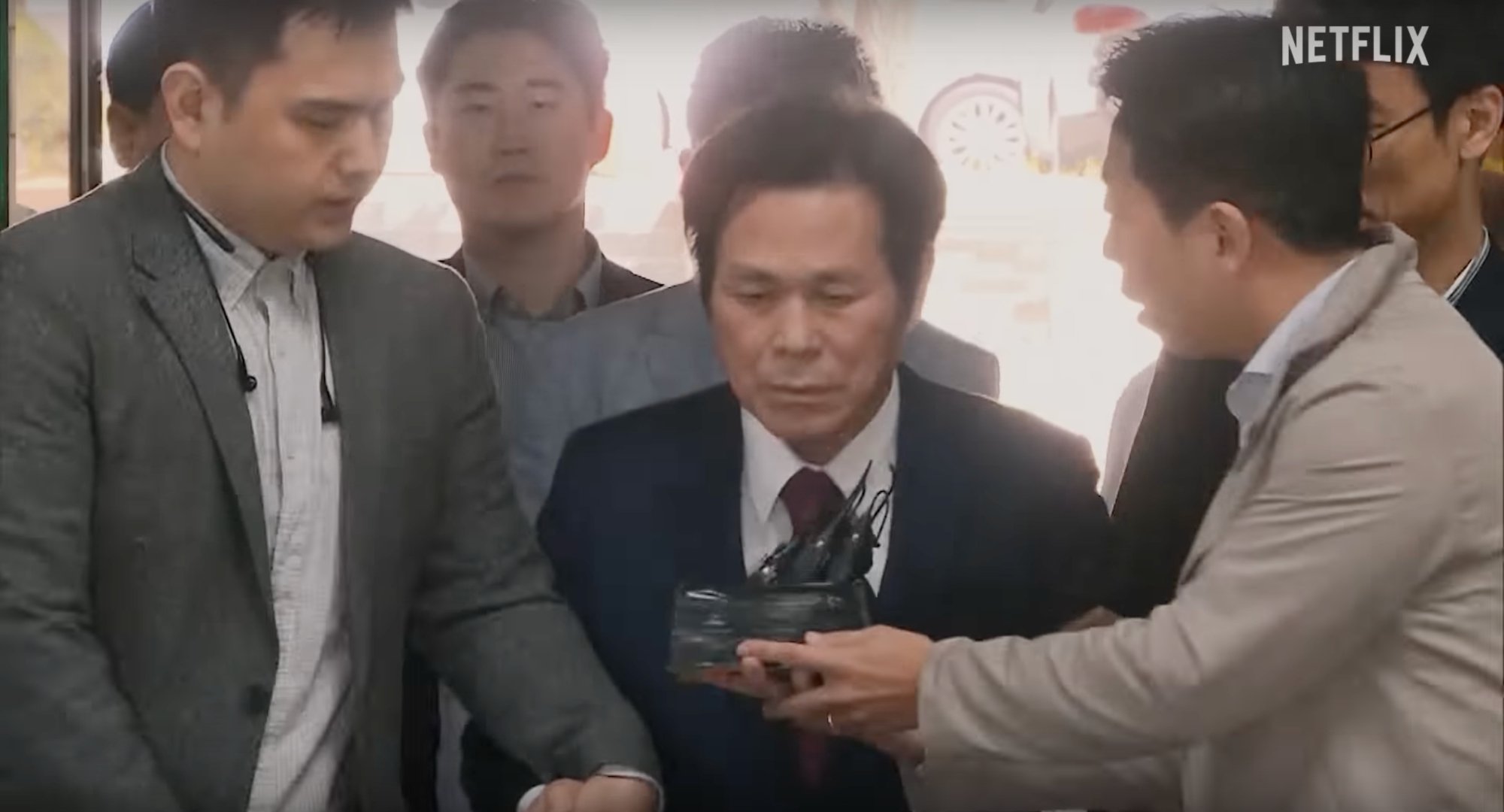
‘In the Name of God: A Holy Betrayal’: How Manmin Church Leader Lee Jae-rock Swindled Followers as a ‘God’
Netflix‘s In the Name of God: A Holy Betrayal takes on multiple crimes cases centered on cult leaders claiming to be false messiahs and deities. Some even claim to be a form of God or something more extraordinary. While the crime docuseries explores the Baby Garden mistreatment and murders, In the Name of God: A Holy Betrayal tells the complex fraud and cult story of Manmin Church and its leader.

Lee Jae-rock claims he heard the voice of the Lord and began Manmin Church
Born in 1943, Lee was the youngest of his brothers and sisters. He grew up ordinary, got married, and had three daughters. But one day, he got incredibly ill and had multiple illnesses. After seven years of pain, he followed a family member to a house of prayer. After praying, he was fully healed and claimed to have heard the voice of the Lord. Lee’s life took on a different course.
In 1982, he established the Manmin Central Church and conducted sermons to display his inexplicable healing abilities. A once unrecognizable church gained immense fame as Lee supposedly helped people walk again, cure fatal illnesses, and everything in between. While having an immense flock, many questioned him and his claim to have “seen God.” In 1999, the Christian Council of Korea labeled him a heretic and his church a cult.
Lee put on a spectacle like the world has never seen before. He held elaborate events full of glamour, glitz, carriage rides into his sermon, and more. Manmin Church had become a phenomenon and gained global followers who witnessed his supposed healing powers. He even made people believe that he was the “other Christ” God wanted to see. He convinced his followers that his face appeared in images and smudges on the church wall, in photos, on the moon, and more. Manmin Church also televised his sermons.
In the Name of God: A Holy Betrayal details how Lee’s Manmin Church followers quickly followed him. Lee learned MBC made a TV special about the church as a cult. Lee gathered his followers in various buses to swarm MBC to stop the production airing. MBC producers explained the lobby was packed with followers. They forcefully stopped the special airing and destroyed equipment. MBC later won the lawsuit against them.
‘In the Name of God: A Holy Betrayal ‘ details how Manmin Church followers willingly gave money
Manmin Church’s teachings explained that members could achieve different levels of spiritual devotion and praise. Part of Lee’s manipulation included the members receiving slips of paper with their percentage of faith and at what level. Anyone low on the pyramid pushed to get in Lee’s good graces. In the Name of God: A Holy Betrayal, a former member explained how Manmin Church had different ways to give money or contribute.
Members could give offerings or unofficial contributions. It created a tense rivalry among the members, with some families giving 800 million to 1 billion won (over 700K). Earlier in the crime docuseries, it explained how Lee would take the church money and gamble it away. The more money they gave, the more special prayers or benefits they received. Lee was a celebrity to them but a businessman overall.
The church had its own bookstore that sold framed photos of him and water blessed by him that could solve anything. Lee’s doctrine had the church followers believe they could not get sick and could be healed through faith. But many died from tuberculosis or cancer and refused treatment.
In the Name of God: A Holy Betrayal soon goes into how Lee manipulated Manmin Church to believe he had no sexual desires, men and women should be separate, and young teens could only speak through a mediator. The most shocking part of the docuseries is when a fellow follower revealed that Lee had cut off his male genitalia.
Manmin Church followers did not believe the assault claim against their leader
In the Name of God: A Holy Betrayal has fellow Manmin Church members explain that Lee thought the women in the Performing Arts Committee were his. He forbade them to have relations with men. In 2018, Lee was accused of assaulting nine women but pled innocence. Manmin Church refused to believe the claims were true and rallied to prove his innocence.
One of the victims was born into the religion and was ecstatic to meet Lee. Instead, she was assaulted, and so were other women. Lee claimed he was “God” and that his actions were not wrong. Some believed it was “God’s grace” or a way of being protected “from other men.” Like cogs in a machine, Lee had them compensated and given higher ranks on the faith pyramid.

Despite multiple police summons, Lee continued to negate the assault cases. But one case brought down Manmin Church when one victim had a voice recording of a conversation with her friend. The female member admitted to sexual relations with Lee, and it was not “weird” since he was a “God.” Many of his victims were groomed since they were children.
On May 3, 2018, Lee was arrested for the assault cases. The Manmin Church refused to abandon him when he was sentenced to 16 years in jail. In the Name of God: A Holy Betrayal explains many Manmin Church followers still wait for his return.
In the Name of God: A Holy Betrayal is available on Netflix.
How to get help: In the U.S., call the 988 Suicide & Crisis Lifeline by dialing 988 or 1-800-273-8255. Or text HOME to 741-741 to speak with a trained crisis counselor at the free Crisis Text Line.



